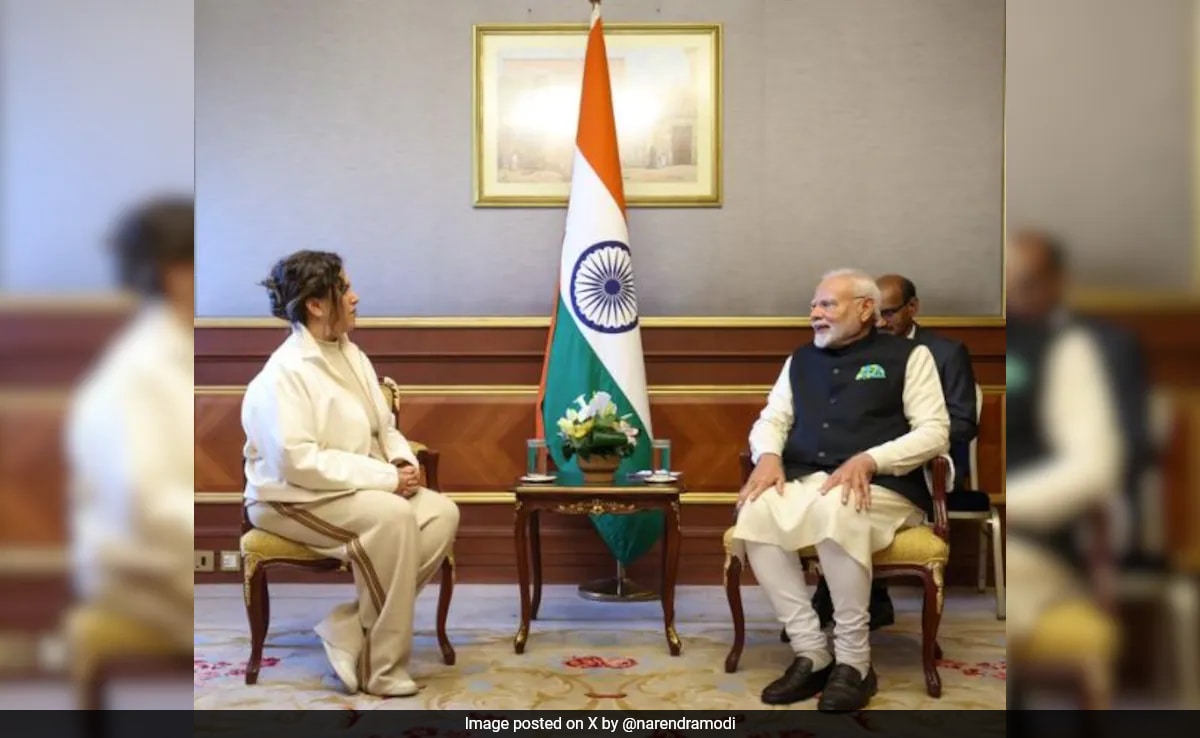Imagine the universe’s most powerful fireworks: two ultra-dense stars crashing together, creating not just dazzling light but rippling spacetime and forging the gold in your ring. This cosmic dance, witnessed in 2017, wasn’t just a spectacle. It was a forge, churning out the precious metal that is precious to us. From a violent collision to a whisper in our telescopes, this event unveiled the universe’s hidden alchemy, where stars become gold dust and light dances in spacetime.
According to Space.com, a team of scientists, including researchers from the Max Planck Institute for Gravitational Physics and the University of Potsdam, have used cutting-edge software to scrutinize kilonova explosion signatures, integrating data from neutron star observations, nuclear physics calculations, and collision experiments in Earth’s particle accelerators for a comprehensive analysis.
“By analysing the data coherently and simultaneously, we get more precise results,” said Peter T H Pang, scientist at Utrecht University.
“Our new method will help to analyze the properties of matter at extreme densities. It will also allow us to better understand the expansion of the universe and to what extent heavy elements are formed during neutron star mergers,” explains Tim Dietrich, professor at the University of Potsdam and head of a Max Planck Fellow group at the Max Planck Institute for Gravitational Physics.
As per the statement by the scientists, a neutron star is a superdense astrophysical object formed at the end of a massive star’s life in a supernova explosion. Like other compact objects, some neutron stars orbit each other in binary systems. They lose energy through the constant emission of gravitational waves-tiny ripples in the fabric of space-time-and eventually collide. Such mergers allow researchers to study physical principles under the most extreme conditions in the universe. For example, the conditions of these high-energy collisions lead to the formation of heavy elements such as gold. Indeed, merging neutron stars are unique objects for studying the properties of matter at densities far beyond those found in atomic nuclei.














